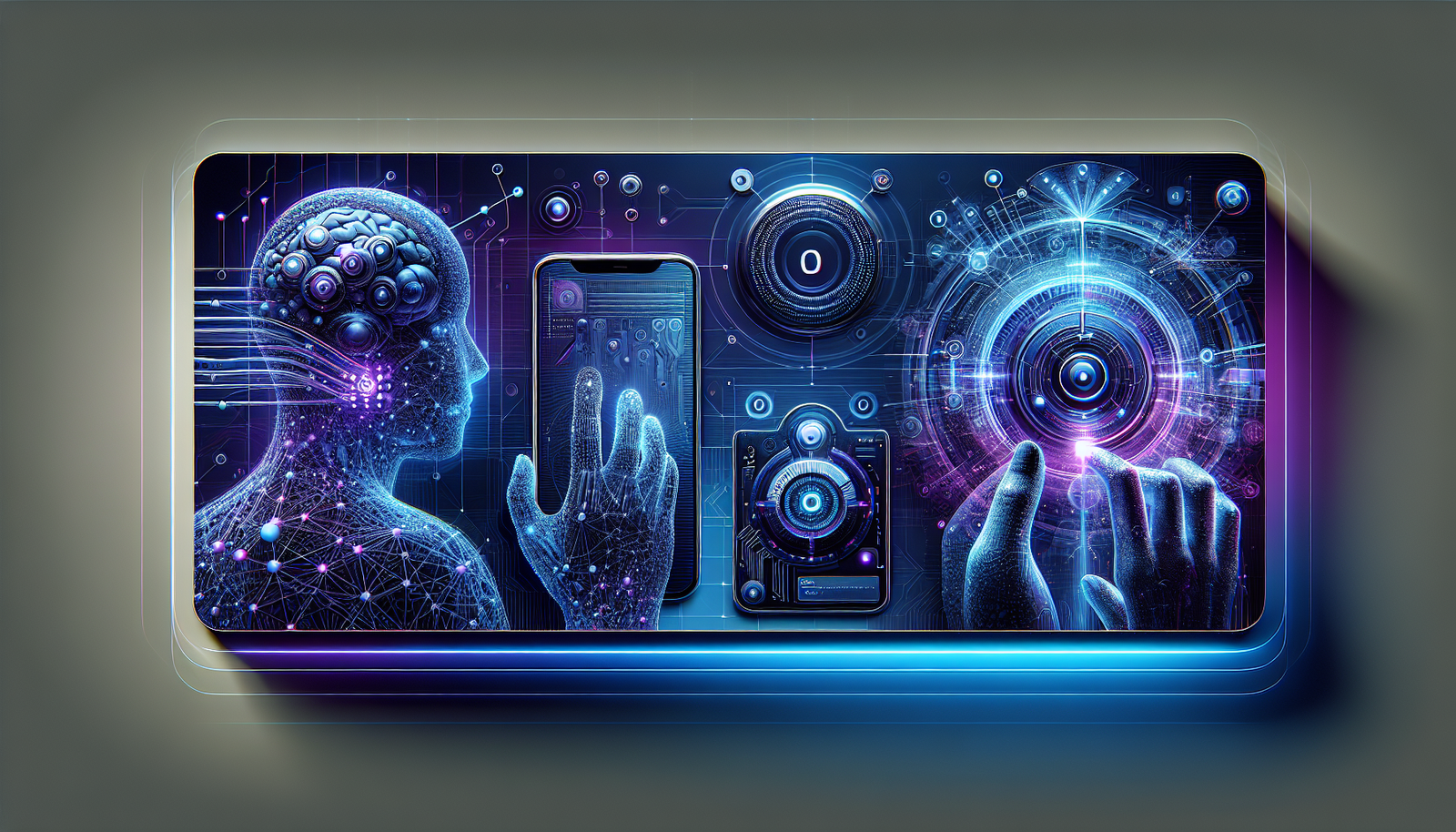OpenAI shakes up conventions with the announcement of o3 and o4-mini. These models embody an unprecedented advancement in the field of visual reasoning, where the image becomes a key player. O3 establishes itself as the benchmark for performance, optimizing autonomy in the use of intellectual tools.
Meanwhile, o4-mini combines power and efficiency, appealing to users seeking accessible models. The handling of imperfect images reflects a significant evolution in visual understanding, thus paving the way for concrete and diverse applications.
The integration of multimodal capabilities in these innovations transforms our relationship with data and establishes a new technological paradigm.
Introduction to the new o3 and o4-mini models
OpenAI has launched two revolutionary artificial intelligence models: o3 and o4-mini. These models represent a significant advance in the field of visual reasoning. Their ability to integrate vision into reasoning opens new perspectives for image analysis and information processing. Available to ChatGPT Plus, Pro, and Team users, these innovations are becoming benchmarks in the market.
The features of o3
The o3 model stands out for its exceptional performance, surpassing its predecessors on complex tasks involving mathematics, coding, and experimental sciences. According to evaluations conducted, o3 reduces major errors by 20% compared to its predecessor o1. Its low error rate positions this model as a precision tool for professionals working on demanding projects.
Increased autonomy and relevance
This model is distinguished by remarkable autonomy, being able to efficiently leverage tools. By browsing the web, executing code, generating images, and reading files, o3 shines in every interaction. This ability to adapt its responses reinforces its relevance during extended exchanges. The reasoning steps are revealed during the process, making reasoning more transparent.
The advantages of o4-mini
OpenAI has also introduced o4-mini, a lighter and less expensive model, but not lacking in performance. This model, while compact, delivers impressive results, sometimes surpassing o3-mini in various areas. o4-mini presents itself as the ideal solution for intensive users looking to combine efficiency and power.
Fast and economical reasoning
O4-mini is optimized for fast reasoning while ensuring excellent performance in mathematics and coding. This compact model stands out for its ability to process complex information diligently. Even though it is lightweight, it manages to extract data from images, ensuring enviable execution speed.
Visual reasoning: a key innovation
Visual reasoning is the hallmark of these two models. Unlike earlier versions, o3 and o4-mini can manipulate visual documents, adapting them to extract relevant information. The ability of a model to modify images (zoom, rotation, cropping) illustrates a notable advancement in image processing technology.
OpenAI claims that these models can analyze low-quality visual content, such as poorly framed handwritten documents or photographs taken from inappropriate angles. This paradigm shift allows artificial intelligences to interact with graphical elements such as traffic signs or charts, without requiring human intervention. This integration marks a new era in the use of AI models.
Future perspectives
The sophistication of the o3 and o4-mini models is not limited to their technical performance. These innovations anticipate a transformation in working methods by integrating staggering capabilities to define the contours of new AI applications. They foreshadow significant advancements in how artificial intelligence will be used across various sectors.
It will be interesting to observe how these models will influence the future tools of AI while setting new standards for user interaction. The development of these technologies suggests a digital ecosystem where visual reasoning becomes omnipresent, alongside an anticipated increase in the capacity to analyze visual data.
To learn more about the impact of artificial intelligence on our lives, you can consult articles such as the one discussing the impact of artificial intelligence on our lives in 2024 or OpenAI’s future projects.
Frequently asked questions about OpenAI’s o3 and o4-mini models
What is visual reasoning in the o3 and o4-mini models?
Visual reasoning in the o3 and o4-mini models allows artificial intelligence to analyze and manipulate images during the reasoning process, integrating visual elements into its responses.
What are the advantages of the o3 and o4-mini models compared to previous OpenAI models?
They offer better performance, greater autonomy in using tools, and the ability to tackle complex tasks by optimizing results while integrating visual elements into reasoning.
How does o3 improve accuracy compared to o1?
The o3 model reduces major errors by 20% compared to the o1 model, thanks to superior performance on complex tasks such as mathematics and coding.
What is the main difference between o3 and o4-mini?
O3 is the most advanced and high-performing model, while o4-mini is a lighter and more accessible version, optimized for rapid and economical use without compromising result quality.
Can the o3 and o4-mini models handle imperfect images?
Yes, they are capable of analyzing imperfect images such as poorly framed photos or handwritten documents, automatically adjusting the images to extract useful information.
How can I access the o3 and o4-mini models?
The models are available to ChatGPT Plus, Pro, and Team subscribers of OpenAI.
What types of tasks can o3 and o4-mini perform?
They can perform a variety of tasks such as coding, mathematics, analysis of scientific documents, and image manipulation, all while integrating visual reasoning into their responses.
Why does the capability of visual reasoning represent a paradigm shift?
It allows for considering the image as a source of information in the reflection process, thus expanding the AI’s capabilities to analyze and understand visual contexts without prior human assistance.






